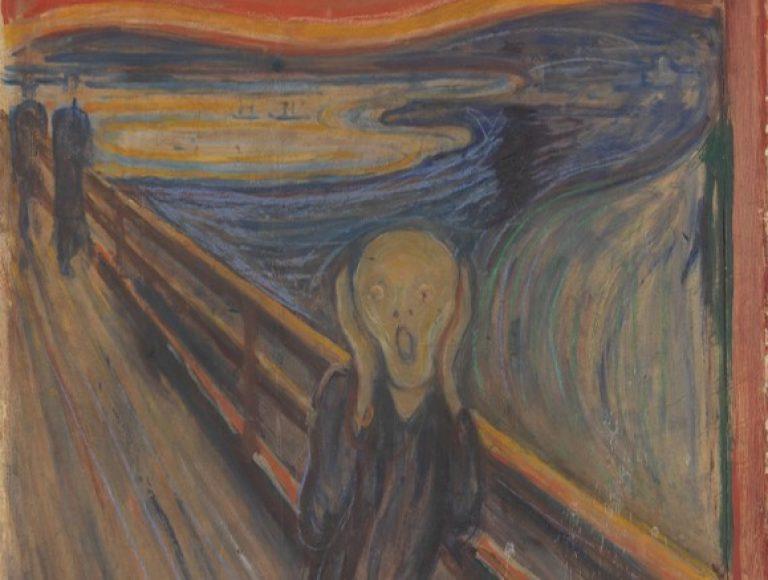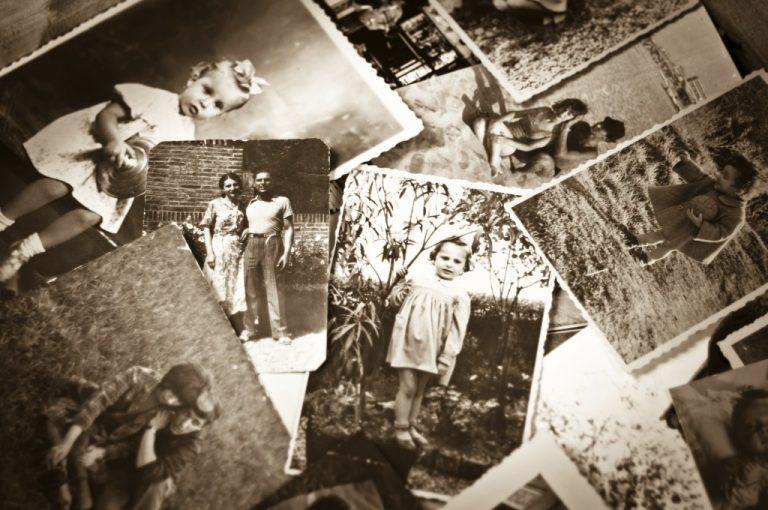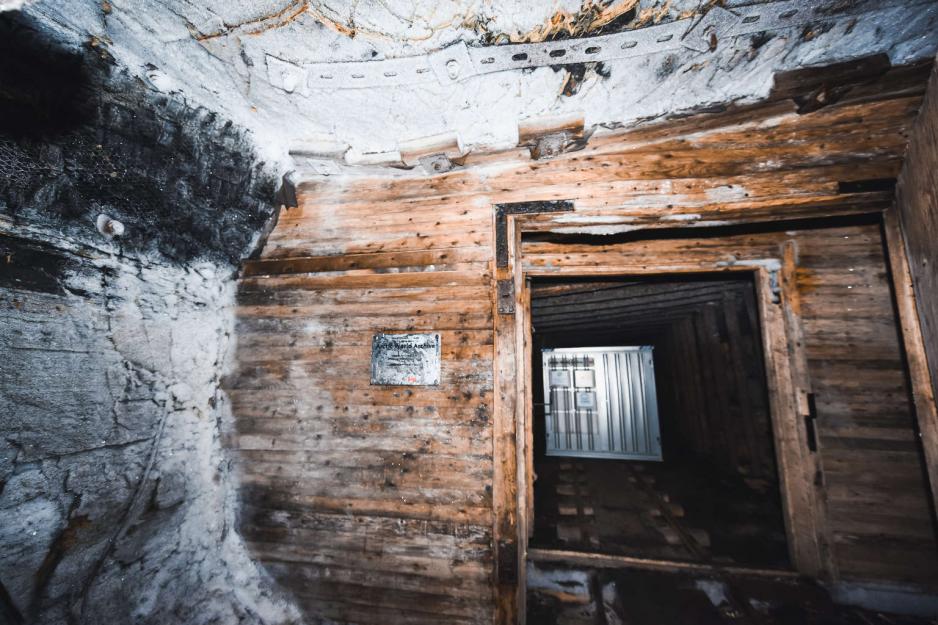Munch’s "Scream" Deposited on Svalbard

A digitalized version of the "Scream” painting by Edvard Munch, belonging to the Norwegian National Museum, is among the cultural heritage objects deposed for storage in the Arctic World Archive during an international ceremony on Svalbard.
“The Scream” by Edvard Munch is one of the world’s most iconic paintings, however, it is also frail and vulnerable. Now current generations will have access to a digital version of the work, as well as related documentation and research materials, following its being deposed in the Arctic World Archive.
- Preserving its collection is one of the key tasks of the Norwegian National Museum. The Piql solution for long-term storing ensures our being even better able to preserve valuable knowledge about our collection for future generations, says Jahn-Fredrik Sjøvik, ICT Manager of the National Museum.

Vast collections
Not only is the National Museum represented on Svalbard; as is the Vatican Library. The library is in a process of digitalizing enormous text collections, among others one of the most significant works of world literature: Dante Alighieri’s “La Divina Comedia”.
- This work is now safely stored in mine 3 near Longyearbyen, says Marketing Manager Maria Aas Borkenhagen of Piql in a press statement.
Other actors that have deposited data there include Brazil’s National Museum, Brazil’s Football Association and Italian Alinari, with its collection of five million historic pictures.

500 years life span
The Arctic World Archive opened in 2017, aiming to offer secure long-term storing of irreplaceable digital memories. Piql, a company based in Drammen, Norway has created the archive and has also developed the technology in which valuable data is stored as a high-resolution film with a life span of up to 500 years. The film is then stored in the Arctic World Archive in a disbanded mine on Svalbard. The storing is a collaboration between Piql and Store Norske, the local coalmining company.
- Svalbard is perceived as a safe area for securing data, with its being protected by the Svalbard Treaty and its location in Norwegian Arctic areas, says CEO Rune Bjerkestrand of Piql.
He hopes for the Arctic World Archive to contribute to placing Svalbard on the international map.
- And for this to create local jobs, Bjerkestrand says.
Les artikkelen på norsk
